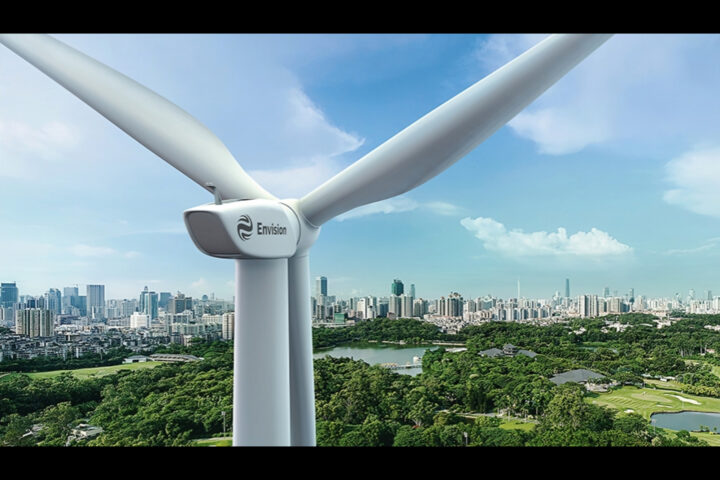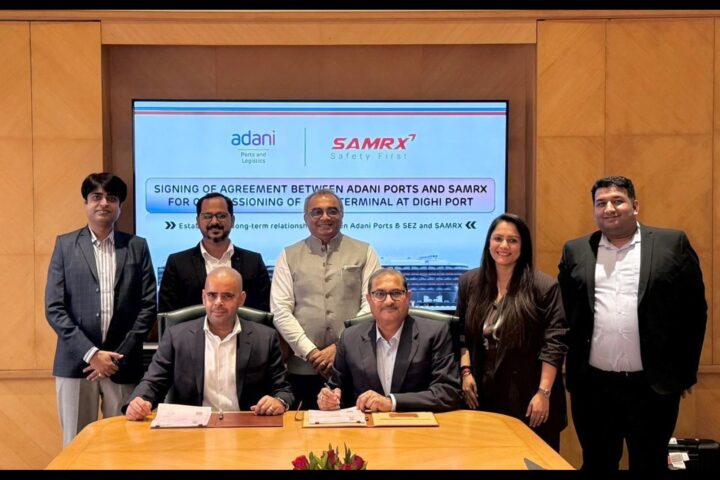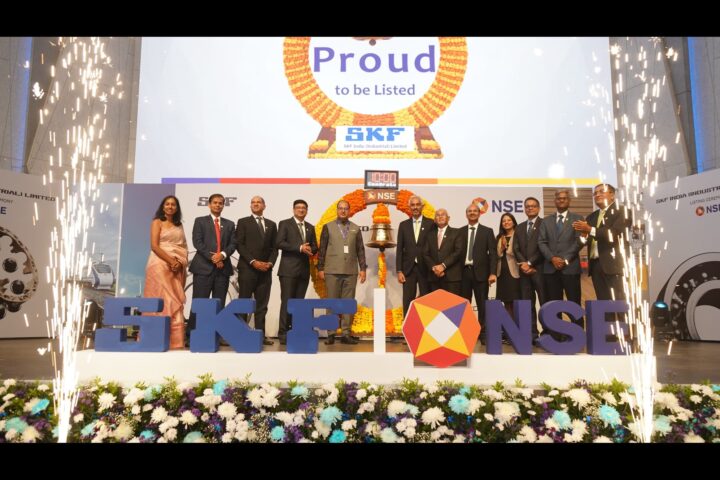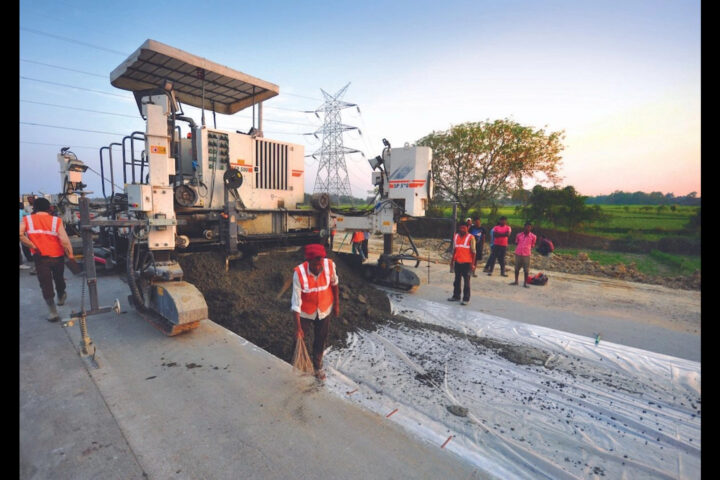The national grid is evolving through the adoption of smart grids, advanced forecasting, and real-time monitoring, while decentralized storage and flexible dispatch mechanisms are being deployed to smooth variability
As India crosses 180 GW of installed renewable capacity, effective integration into the grid demands advanced energy storage solutions. How is India enhancing its battery storage infrastructure to support round-the-clock renewable power?
India has made significant strides in its renewable energy journey, achieving an installed capacity of over 180 GW. The focus is now shifting from generation to the effective integration of variable energy sources into the grid. To achieve this, India is pursuing a multi-pronged strategy that combines ambitious policy targets, financial incentives, and a push for domestic battery manufacturing. Battery Energy Storage Systems (BESS) play a central role in this transition, storing surplus solar and wind energy and dispatching it when needed. We are deploying modular and utility-scale storage solutions that enhance grid stability, manage peak loads, and ensure a reliable energy supply. With falling lithium-ion battery costs and evolving smart grid technologies, India is now building the infrastructure to convert intermittent renewable generation into firm, dependable power for the nation.
With the global battery energy storage market projected to surpass $190 billion by 2030, how are Indian investments aligning with this trajectory? What are the national targets, and how are domestic companies and global players contributing?
India is rapidly scaling its energy storage capacity to align with global trends. The government has set ambitious targets, including several gigawatt-hours of battery storage under Viability Gap Funding (VGF) and incentives for domestic manufacturing through the Production-Linked Incentive (PLI) scheme. We are deploying grid-scale storage projects, while global players are contributing capital, technology, and expertise. Together, these efforts are strengthening India’s renewable energy ecosystem. A recent study indicated that by 2030, India will require about 38 GW of four-hour battery storage capacity, amounting to nearly 152 GWh of BESS, along with around 9 GW of thermal balancing power. This will be critical for the cost-effective and reliable integration of the 500 GW of renewable energy capacity that India targets by 2030. At an estimated cost of ₹2.2 crore per MWh, this translates into an investment requirement of approximately $40 billion.
Despite the acceleration, challenges like intermittency, transmission bottlenecks, and grid integration remain. What are the most pressing obstacles today, and how is the national grid evolving to accommodate variable renewable power?
India faces ongoing challenges in integrating renewable energy into the grid. Key challenges include intermittency of renewable sources, transmission bottlenecks, and integration with an existing grid designed for conventional thermal power. India is modernizing its grid through smart grids, IoT-enabled energy management, AI-based predictive maintenance, and flexible transmission infrastructure. Coupled with large-scale BESS deployment, these measures smooth fluctuations, improve reliability, and enable efficient energy distribution. Intermittency, transmission bottlenecks, and grid stability remain pressing issues. Currently, excess renewable generation is often curtailed or balanced by fossil-fuel plants, which undermines the clean energy transition. The national grid is evolving through the adoption of smart grids, advanced forecasting, and real-time monitoring, while decentralized storage and flexible dispatch mechanisms are being deployed to smooth variability. We emphasize grid-friendly storage systems that respond rapidly to frequency deviations and voltage fluctuations, enabling seamless integration of variable renewable power.
From Green Hydrogen Mission and PM-KUSUM to updated feed-in tariffs and Viability Gap Funding (VGF), what recent policy interventions are having the greatest impact? How does India’s regulatory strategy compare with global leaders?
Recent policy initiatives are playing a critical role in accelerating renewable energy deployment and storage adoption. Programs like the Green Hydrogen Mission, PM-KUSUM, updated feed-in tariffs, and Viability Gap Funding (VGF) are improving project bankability, supporting decentralized generation, and incentivizing domestic manufacturing. India’s regulatory strategy is unique in balancing affordability, domestic industry development, and grid readiness, providing a holistic approach that compares favorably with global leaders by focusing not just on generation but on sustainable integration and infrastructure. These interventions, combined with domestic manufacturing support and clear regulatory frameworks, align India’s strategy with global leaders, enabling faster deployment and scaling of storage solutions.
Currently, renewable energy projects are facing delays in commissioning due to challenges in land pooling, land availability, and transmission grid connectivity. How are you looking at this situation?
Yes, these concerns have indeed led to delays in the commissioning of ongoing projects as well as the initiation of new ones. However, the Government of India and the Ministry of New & Renewable Energy (MNRE) are actively working to address these challenges. Policy measures, infrastructure upgrades, and facilitation support are being streamlined to ensure smoother project execution. With these positive interventions, we are confident that the pace of renewable energy deployment will strengthen in the coming years.



















